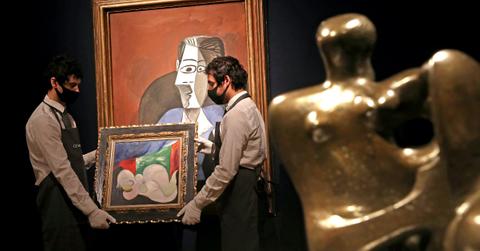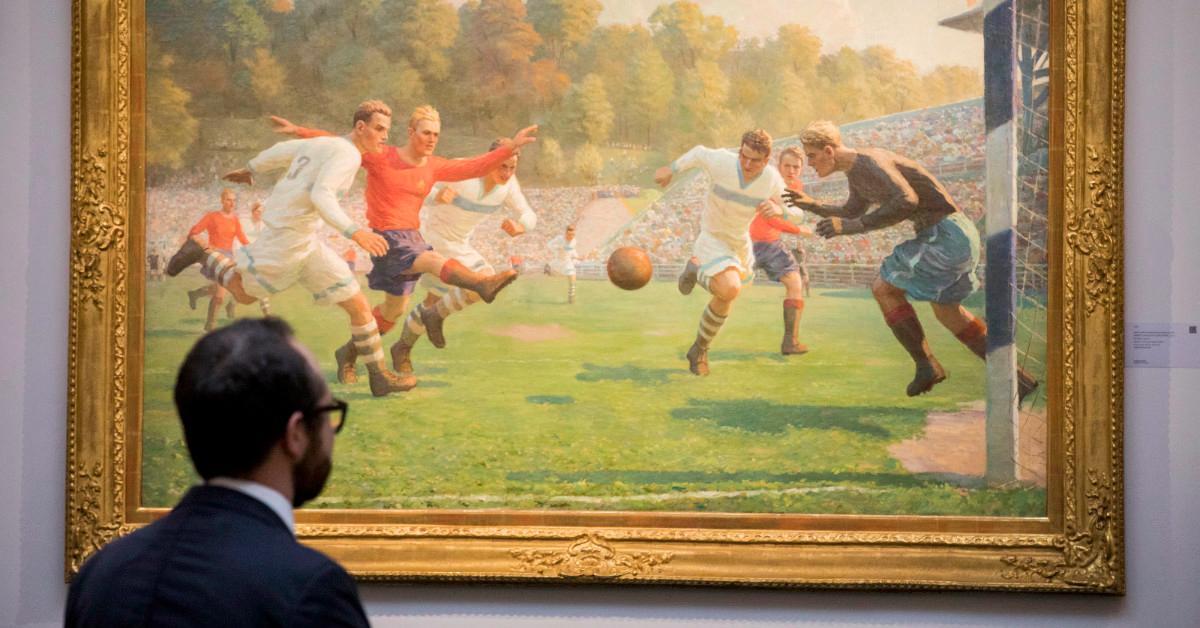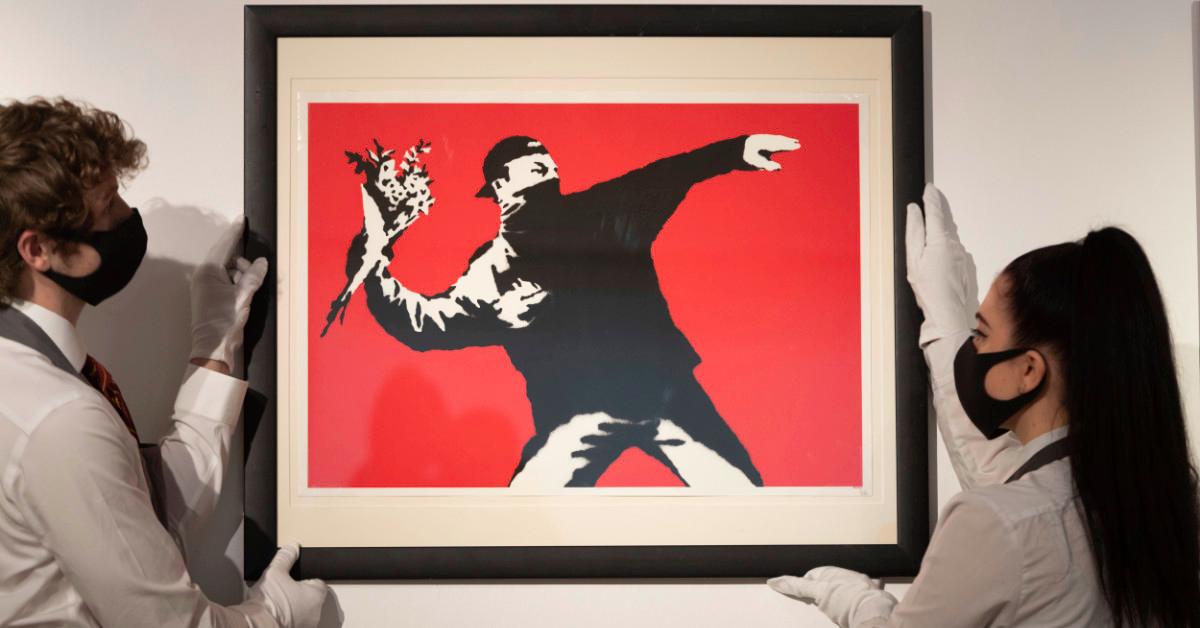Artwork Sales Incur Capital Gains Taxes, and Like-Kind Exchanges No Longer Help
Is art investment tax-free? Learn what capital gains taxes you’ll face if you sell artwork—and what tactics investors are using to get tax breaks.
March 18 2022, Published 2:57 p.m. ET

Sure, art investment can be lucrative, but don’t expect it to be tax-free. As with other assets, the sales of art and other collectibles are subject to capital gains tax. In fact, the federal tax rate for long-term capital gains on the sale of art is even higher than it is for financial assets.
And proposed legislation would cut into the profit margin of sales of art even more, as you’ll see below.
“Like-kind exchanges” used to provide a loophole for tax-averse art collectors, but a 2017 change in the tax code eliminated that possibility. Even so, art owners are finding loopholes to get out of these capital gains taxes.
Sales of art are subject to federal capital gains taxes of 28 percent.
The long-term federal capital gains tax rate on sales of art and collectibles is 28 percent, which is far above the 20-percent top federal tax rate applied to long-term capital gains from the sale of financial assets, as Penta reports.
If you sell the work of art after just one year or less, you’re subject to marginal income tax rates of up to 39.6 percent, according to Deloitte.

With both art sales and sales of financial assets, some taxpayers also have to pay a net investment income tax of 3.8 percent, in addition to any state taxes, Penta adds. That 3.8-percent tax applies to individuals with adjusted gross income (AGI) above $250,000 for married taxpayers filing jointly, $125,000 for married taxpayers filing separately, $202,000 for single taxpayers and heads of households, and $250,000 for qualifying widows and widowers with a child, according to the IRS.
The capital gains tax could have been worse. As Penta reports, lawmakers recently proposed raising the long-term capital gains rate to 39.6 percent but then ditched those plans for a proposed raise of the tax rate for long-term capital gains to 25 percent, although the sale of collectibles would still be taxed at the usual rate.
The Tax Cuts and Jobs Act of 2017 closed an art tax loophole.
Until the end of 2017, taxpayers could use a like-kind exchange to delay or even avoid capital gains taxes on the sales of artwork. With this tactic, an art investor would use the sale of one artwork to pay for the purchase of another and could put off the capital gains tax.

“You have access to the money saved for a number of years, until you decide to sell the asset,” lawyer Thomas C. Danziger told The New York Times in 2015. “That’s a big benefit. Or you may never pay capital gains if you die before the replacement work is sold.”
But the Tax Cuts and Jobs Act of 2017 did away with that strategy. “Effective Jan. 1, 2018, exchanges of personal or intangible property such as machinery, equipment, vehicles, artwork, collectibles, patents, and other intellectual property generally do not qualify for nonrecognition of gain or loss as like-kind exchange,” the IRS states.
Nevertheless, the wealthy are still finding ways to get tax breaks on their artwork, according to Bloomberg. In one strategy, art collectors use “fractional donations” to donate artwork to museums part-time for up to 10 years, getting an income-tax deduction all the while. In another strategy, collectors employ “art financing” to borrow money against the value of the artwork, getting money from the art without selling it and incurring capital gains taxes.
